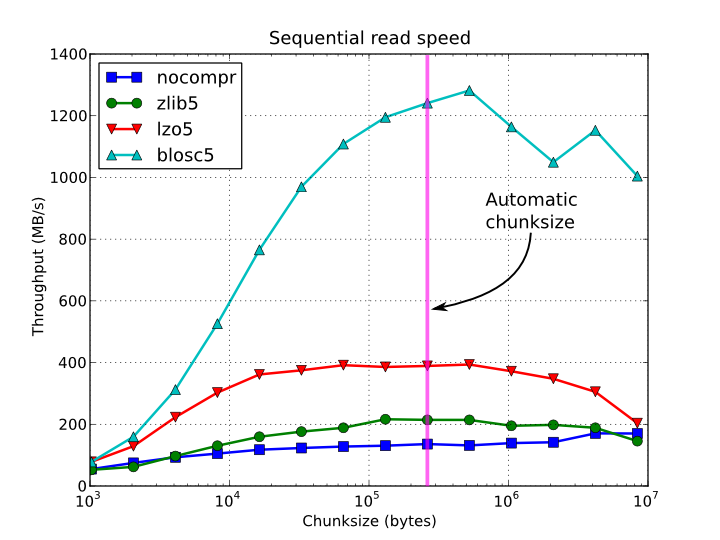
Pearah joins The HDF Group as new Chief Executive Officer
Champaign, IL — The HDF Group today announced that its Board of Directors has appointed David Pearah as its new Chief Executive Officer. The HDF Group is a software company dedicated to creating high performance computing technology to address many of today’s Big Data challenges.
Pearah replaces Mike Folk upon his retirement after ten years as company President and Board Chair. Folk will remain a member of the Board of Directors, and Pearah will become the company’s Chairman of the Board of Directors.
Pearah said, “I am honored to have been selected as The HDF Group’s next CEO. It is a privilege to be part of an organization with a nearly 30-year history of delivering innovative technology to meet the Big Data demands of commercial industry, scientific research and governmental clients.”
Industry leaders in fields from aerospace and biomedicine to finance join the company’s client list. In addition, government entities such as the Department of Energy and NASA, numerous research facilities, and scientists in disciplines from climate study to astrophysics depend on HDF technologies.
Pearah continued, “We are an organization led by a mission to make a positive impact on everyone we engage, whether they are individuals using our open-source software, or organizations who rely on our talented team of scientists and engineers as trusted partners. I will do my best to serve the HDF community by enabling our team to fulfill their passion to make a difference. We’ve just delivered a major release of HDF5 with many additional powerful features, and we’re very excited about several innovative new products that we’ll soon be making available to our user community.”
“Dave is clearly the leader for HDF’s future, and



 HDF5 1.10.0, planned for release in Spring, 2016, is a major release containing many new features. On January 6, 2016 we announced the release of the first alpha version of the software.
HDF5 1.10.0, planned for release in Spring, 2016, is a major release containing many new features. On January 6, 2016 we announced the release of the first alpha version of the software.